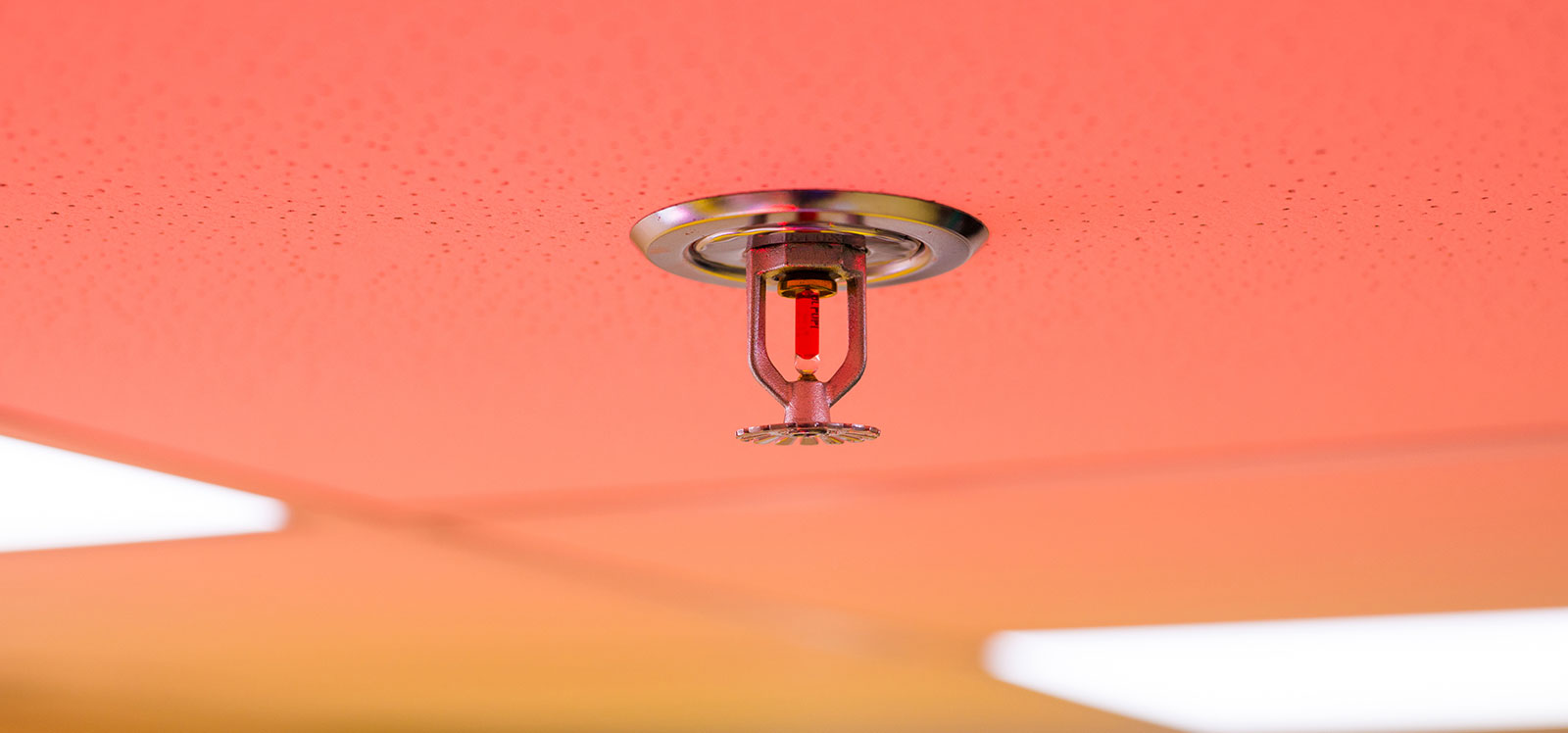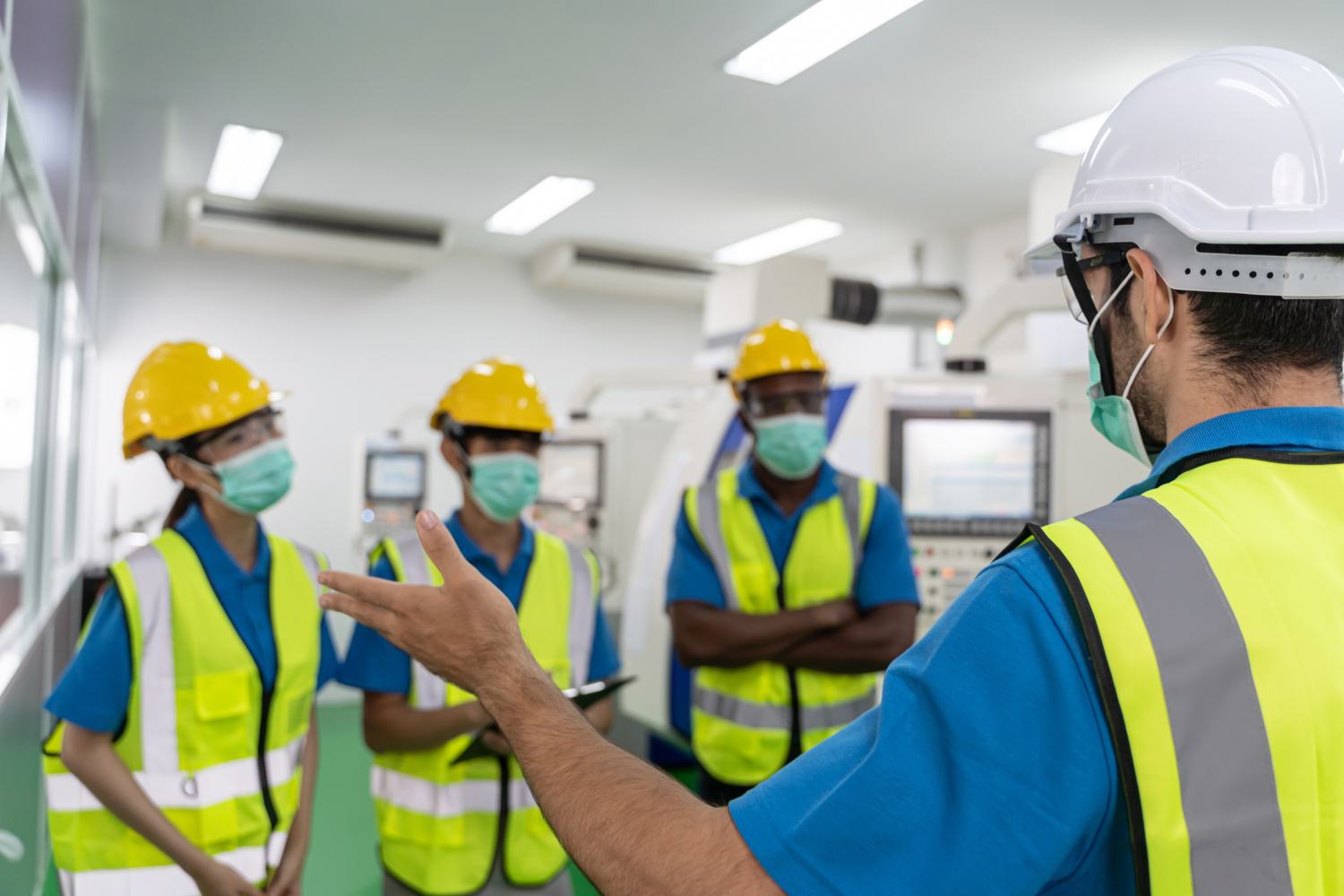In our last blog we discussed how a properly operating fire sprinkler system is an effective fire safety tool. But what if your fire sprinkler system does not work for two reasons–either because it was recently activated by a fire or accidentally, or because it is currently shut down due to maintenance? If you don’t have a safety protocol in place for when your system is temporarily shut down (aka impaired), you could be facing serious consequences. First, you are at an increased risk of not being able to quickly put out a potential fire. Second, the insurance carrier might increase your premium. Third, your insurance claims could be denied in the event of a fire.
In this blog, we will discuss nine basic steps you should take to protect your employees and property as well as satisfy insurance company requirements anytime your sprinkler system is impaired.
Steps to Take When Your Fire Sprinkler System is Impaired
Most insurance companies require you to have some form of fire safety impairment procedure. The steps below, provided by the National Fire Protection Association (NFPA 25–Standard for Inspection, Testing, and Maintenance of Water Based Fire Protection Systems), can serve as a solid foundation to start designing a custom program for your organization.
- Determine how much of the system is impaired. Inspect affected areas and document what type of increased fire hazards you might be facing depending on the severity of the impairment and where it is located in your building. This will also help estimate the length of period for which your system will likely be impaired.
- Present safety recommendations. You should discuss your findings and potential solutions (such as moving combustibles away from fire-prone areas to reduce fire hazards, pause any work that could generate heat or sparks, remove flammable liquids, etc.) with your building management or the person responsible for safety at your company.
- Mark the affected area. Hang a tag that indicates at least the following information:
- The part that is impaired
- Reason for impairment (recent fire, accidental discharge, maintenance…etc.)
- Estimated date and time of impairment
- Contact name and phone number of the person managing the impairment
Some state and local regulations may require specific wording and graphics–check with your insurance carrier to see what specific regulations apply to your situation.
- Reduce fire loss exposure. If the impairment will last for more than 10 consecutive hours, for instance due to a delay in receiving the damaged part for the system, you should implement one of the following options:
- Evacuations – temporarily move your employees from the work space that has a non-functioning fire sprinkler system.
- Fire watches – designate an employee or someone from your building maintenance crew to periodically walk the affected area to make sure a fire hasn’t started accidentally. Fire watches are required 24 hours a day while your system is being restored.
- Establish a temporary water supply – while this might be a bit harder to accomplish, you may choose to rent tanks of water from a water delivery supplier or arrange for above line temporary piping from the water company. Temporary water supplies must be approved by the authority having jurisdiction – usually your local Fire Marshal.
- Eliminate potential ignition sources and flammable materials – make sure to turn off or remove equipment from the affected area that might be causing sparks and remove any liquids or other materials that are combustible.
- Notify employees. Let supervisors and employees who work within the affected area know about the impairment. Encourage them to be vigilant given the increased potential fire risk.
- Notify all vendors and authorities. Also inform your insurance carrier, fire alarm company, property owner/manager, and the fire department. Be prepared to provide the following information:
- Your name
- Company name
- Telephone number
- The equipment impaired
- Whether this is a partial or complete impairment
- Estimated length of impairment, and
- Any precautions you’ve taken to reduce fire risk while your sprinkler system is not working
Notifying your insurance carrier is critically important when it comes to your coverage. Most policies will contain some form of language stating that damage caused by fire is not covered if you didn’t notify the carrier of any impairment prior to the incident, or if the safety equipment wasn’t properly maintained.
Check with your insurance carrier about their specific notification requirements. The time within which you need to report the impairment can range between 2 to 48 hours. Also, some carriers will require notification over the phone, while others will ask you to use their online reporting system.
- Reduce delays in restoring your system. Ensure that all tools and materials are at the site to avoid unnecessary delays in reactivating your fire sprinkler system and minimize your exposures.
- Test and verify. Once all parts of the system are restored to normal working order and the alarm is reset, verify that your vendor or maintenance crew has inspected and tested the fire sprinkler system.
- Notify again. Don’t forget to once again inform all parties listed in step six that protection has been restored. You can now remove the impairment tag.
As mentioned above, you can use these steps to build your own impairment program tailored to your organization. If you need further resources, you may also want to ask your insurance company to provide you with their specific requirements of what should be included as well as a sample written program that can be customized to your operation.
Contact Us
Should you need any assistance with designing a fire protection system impairment procedure, contact me at spomponi@psafinancial.com.




